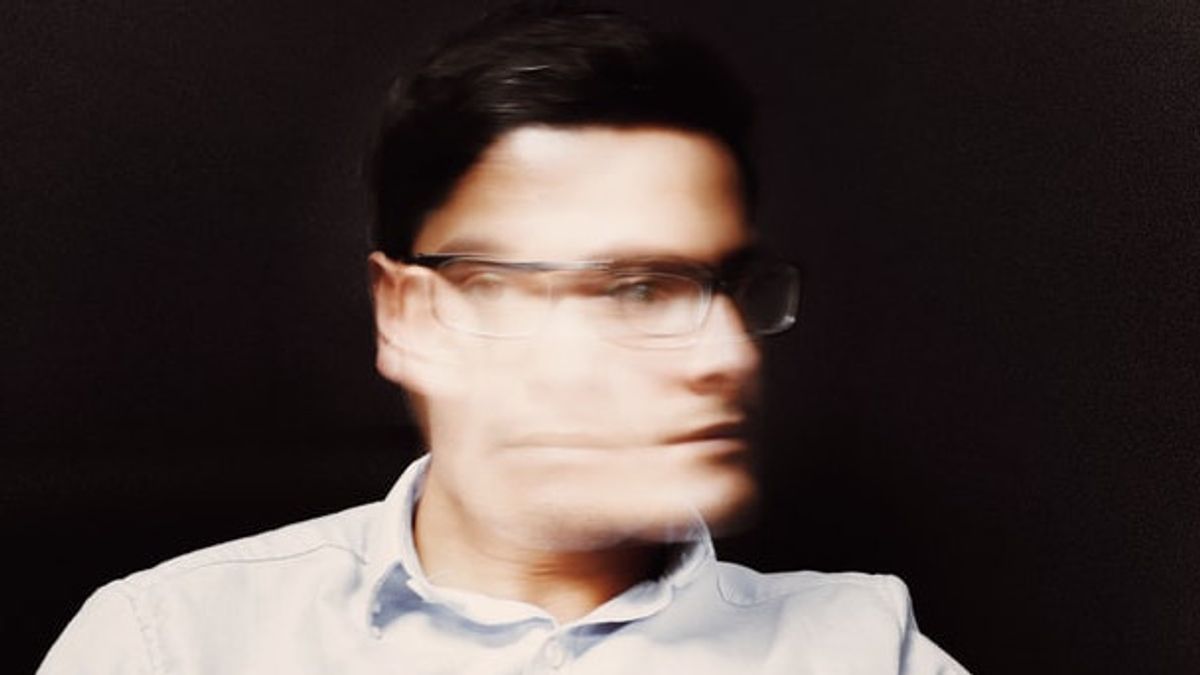JAKARTA – A person with diabetes needs to really control the level of sugar in the blood. Especially for people with type 2 diabetes, it is important to check blood sugar levels regularly. In addition, you also need to avoid triggers to increase blood glucose.
According to medical, it turns out that very high blood sugar can cause hallucinations. What is the measure of blood sugar so as not to experience hallucinations? How to handle it? Reported by WebMD, Saturday, October 2, here are the facts about hyperosmolar hyperglycemic syndrome.
Hyperosmolar hyperglycemic syndrome is experienced by a person with diabetes whose blood glucose level reaches 600 mg/dL. The syndrome is characterized by the release of excess blood sugar through the urine. This will take a lot of fluids in the body so that diabetics who experience it are followed by constant thirst, feeling tired, and nauseated.
Hallucinations are also one of these syndromes, occurring when a person is very dehydrated, the electrolytes in the body are damaged, thus affecting the network between brain cells and hallucinations occur.
Hyperosmolar Hyperglycemic State, or popularly called the acronym 'hhs diabetes', is actually not common. But it is most likely experienced by someone with type 2 diabetes. To treat this condition, the patient must be taken to a doctor. Because it requires immediate medical attention before experiencing fainting and coma.
There is no better way than to keep blood sugar levels under control. So keep a healthy lifestyle, care, and always monitor the level of glucose in the blood.
Most importantly, hallucinations can seem very real. A person who experiences it may be able to see, hear, and even feel things that are not there. For first aid, give plenty to drink until medically treated. This can reduce thirst and help the body hydrated.
According to a study published in Healthy Place, hallucinations are experienced when glucose is very high, while psychosis is when blood sugar levels are very low.
Actually, the effects felt when experiencing hallucinations and psychosis are no different. Among other things it refers to a confused state of mind which is fact and which is real. Psychosis itself consists of hallucinatory experiences, delusions, and difficulty concentrating.
Psychosis is also divided into two categories, namely primary and secondary psychosis. Primary psychosis involves psychotic symptoms that are part of a psychiatric disorder, such as schizophrenia. Meanwhile, what is experienced by someone with diabetes includes secondary psychosis that develops due to a medical condition.
The English, Chinese, Japanese, Arabic, and French versions are automatically generated by the AI. So there may still be inaccuracies in translating, please always see Indonesian as our main language. (system supported by DigitalSiber.id)













